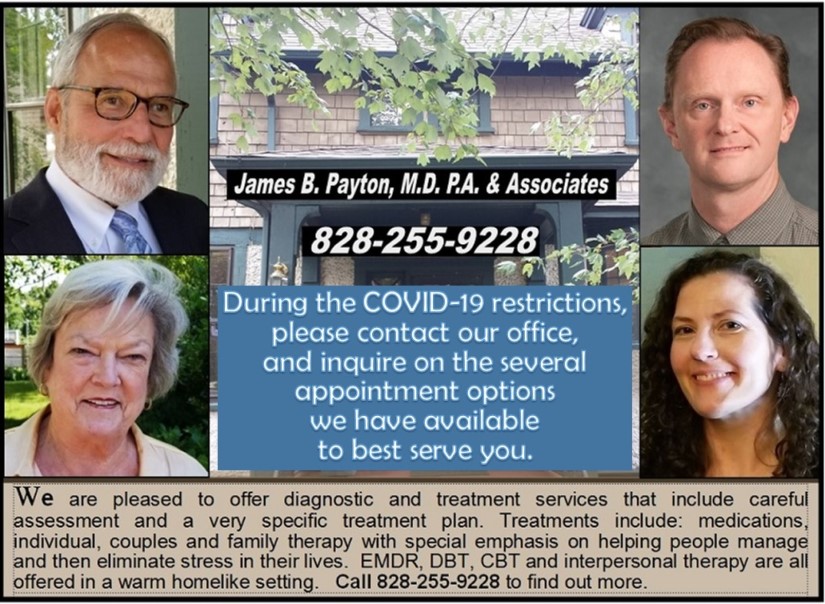ANXIETY IN NANOSECONDS, WHAT CAN YOU DO?
Over the past several months I have helped a number of people who have had traumatic experiences that keep bothering them even after they are no longer exposed to the traumatic situation[s]. They report becoming very anxious very rapidly when anything reminds them of the traumatic events. They often have develped a number of good coping skills but they are always having to use them after the anxiety has been triggered. In trying to understand this, I recalled reading a study that found that the amygdala can respond in nanoseconds when our brains feel that something overwelming may occur. In other words, the brain continually scans our environment and our reactions looking for potential danger. If we have been trauatized in the past, our brains will frequently see the possibility of danger and will trigger the amygdala very rapidly. A nanosecond is one millionth of a second!
I have found that treating the anxiety after it has been triggered can reduce the intensity of the anxiety but not lower the frequency of it. The problem with treating the anxiety before it occurs is that the medication to reduce the anxiety needs to be present all the time and be well tolerated in between times when there is not anxiety symptoms but also be able to contain the anxiety so the amygdala is not triggered. I have had success with low doses of atypical antipsychotic medications with monitoring for metabolic side-effects. I do not know yet how long these medications will need to be taken.
 atress,
atress,  nano,
nano,  treatment | in
treatment | in  MANAGING STRESS IN YOUR LIFE
MANAGING STRESS IN YOUR LIFE 